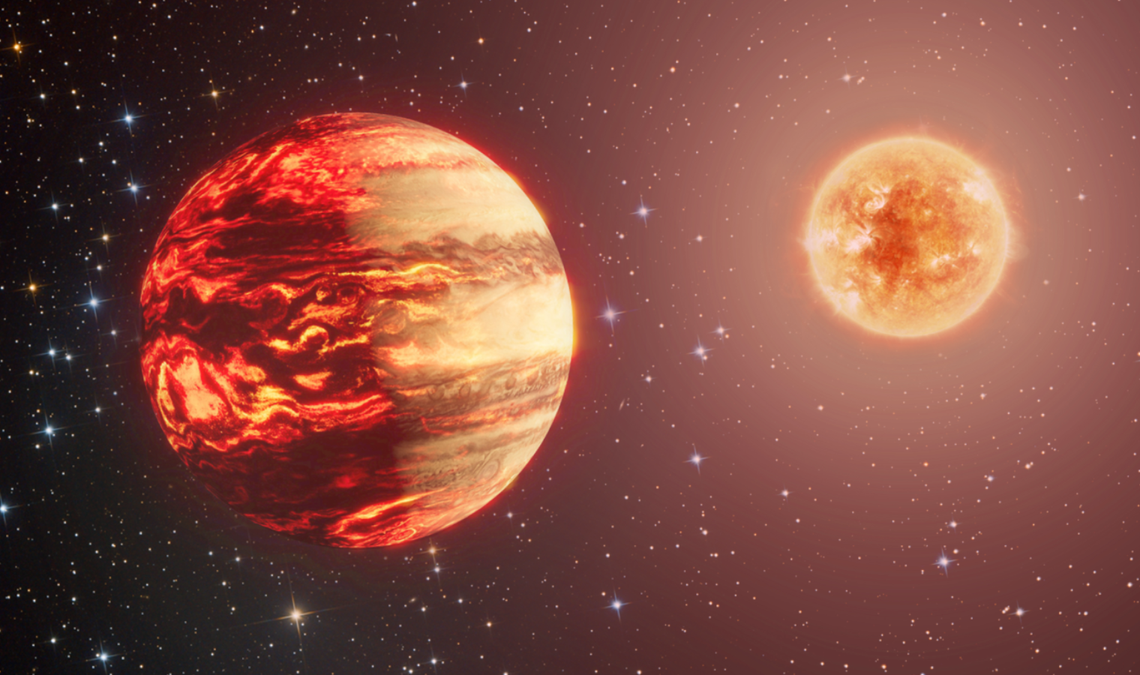Scientists have directly imaged eight dim objects accompanying very bright stars within the Gaia data catalog, including so-called “failed stars,” otherwise known as brown dwarfs.
The stars and their companions were originally identified from millions of stars in the Gaia catalog. They were considered ideal for follow-up investigations with the ground-based GRAVITY instrument, an advanced near-infrared interferometer located at the Very Large Telescope (VLT) on the peak of Cerro Paranal in Chile. By combining infrared light from multiple telescopes, a process called interferometry, GRAVITY has already achieved the first direct observation of an extrasolar planet, or “exoplanet.”
Following up on Gaia observations, GRAVITY directly spotted light signals from companions around the eight bright stars, seven of which were theorized objects, undiscovered until now.
Three of the companion objects are small and faint stars, and the other five are brown dwarfs. The latter form like stars and have more mass than gas giant planets, but don’t have enough mass to trigger the fusion of hydrogen to helium in their cores like main-sequence stars do. That’s where their nickname “failed stars” comes from.
Related: Could nearby stars have habitable exoplanets? NASA’s Chandra X-ray Observatory hopes to find out
One of the brown dwarfs spotted by GRAVITY orbits its parent star at a distance about equal to the distance between Earth and the sun. This marks the first time one of these failed stars has been directly seen so close to its host star.
“We have demonstrated that it is possible to capture an image of a faint companion, even when it orbits very close to its bright host,” team leader and European Southern Observatory (ESO) scientist Thomas Winterhalder said in a statement. “This achievement highlights the remarkable synergy between Gaia and GRAVITY. Only Gaia can identify such tight systems hosting a star and a ‘hidden’ companion, and then GRAVITY can take over to image the smaller and fainter object with unprecedented accuracy.”
A firefly on a lighthouse
Directly observing dim objects like small, faint stars or brown dwarfs around bright stars is no mean feat. In fact, spotting their light signals is akin to seeing the light of a firefly sitting on a shining lighthouse. Understandably, any attempt to image the firefly’s light is washed out by the brighter light of the lighthouse, and the same is true for bright stars and their dim companions.
Click Here to Read the Full Original Article at Space…

